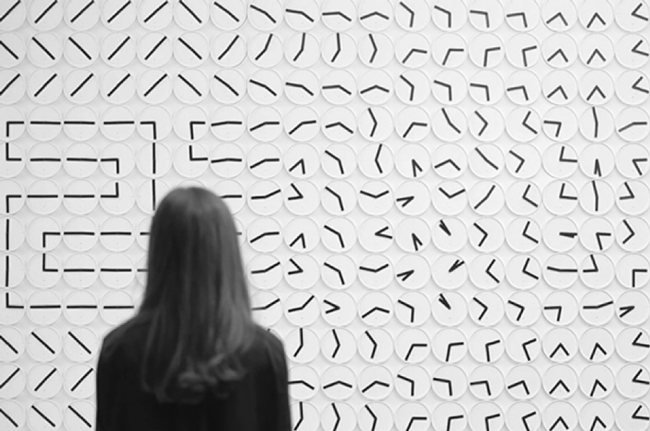
This year Unit 3 will continue its fascination with the intersection of craft and technology, the real and the virtual and the digital and the analogue by exploring the concept of time in both the design and construction of architecture. Inspired by Nobel Prize Laureate Daniel Kahneman’s recent book, Thinking Fast and Slow, we will begin by examining the speed of the design process itself. We will research examples of the role that time plays in our creative process and built environment before applying them to our own unique design proposals that will embody our own individual theory of time in their design, function and creation.
Designing Fast and Slow
Kahneman describes two systems of thought, the first, System 1, is fast, automatic, instinctive and emotional whilst the second System 2 is slow, effortful, deliberative and logical. Unit 3 will break down our design process into a series of explicit fast and slow tasks intended to exploit the advantages of each system. Students will use the learnings from their fast and slow tasks to build an understanding of how time plays a role in the design and construction of architecture. We will control when we use the fast, untiring energy of the fast brain to create a large amount of energetic, creative and instinctive output. We will use the logical slow brain to rationalise our outputs into a functional, pragmatic design.
Our unit will examine the role that time and speed has played in the built environment through examples of buildings that have been built over many generations of human lives such as the Sagrada Familia, as well as contemporary examples of slow architecture in the work of Eduardo Souto de Moura and Peter Zumthor. In parallel we will study fast architecture such as Black Rock City, an entire city built in weeks to host the burning man festival as well as the role that technology such as BIM, parametric design and 3D printing plays in allowing us to design and build faster, as exemplified by the work of MX3D in Amsterdam.
We will use our exploration of time to address some fundamental questions. We will investigate the role that speed plays in sustainability and in our society, should we build slowly to last for generations or does speed and agility provide an opportunity to address contemporary modern issues through the use of constantly updating and upgrading technology. We will look at the concept of flow and ask if there is a benefit to the designer or maker in the act of creation that reveals itself at an optimum speed to provide personal satisfaction and psychological wellbeing. We will analyse the products of different design processes and ask if there is a fundamental difference in the character and value of something that has been made over time by a human hand as compared to an identical item that is artificially created.
We will map the pace of activities within our buildings and ask how architecture plays a role in facilitating them. How do building typologies such as stadiums speed us up and others such as shopping malls slow us down. We will look at how the intelligent and creative use of cross-programming can allow different, even opposing, functions to share the same space over the course of a day, a week or a year
Our site will be based in Fish Island, Hackney Wick on the border of the Olympic park. Once a largely industrial area, Fish Island has a long tradition as a home to artists and art spaces. A place with many examples of speed in function and construction.
Project01:
As a point of departure, we will start the year with a short 5-week project. We will go to see Christian Marclay: The Clock at Tate Modern. Taking inspiration from Christian’s mode of seeing and editing, we will draw our observation to our site Fish Island and create a series of site investigation mappings that explore the overlooked relationship of craft and cartography in constructing notions of territoriality.
We will imagine ourselves as craft artisans and map the world around us to create an object vessel and drawing that captures the essence of our investigation.
Project02: Infrastructure for Crafts and Artisans
As we face increasing desire for human connection and the feeling of a smaller community, our main project will be to design infrastructure for the crafts and artisans.
These infrastructures could be workshops, centres for promotion and learning crafts, exhibition spaces and so on. Your building should be a shared space that contains activities taking place at different speeds. We will ask students to consider how these activities could co-exist in your built environment. What are the outcomes from these activities and how do they influence and coexist spatially? How does the nightlife economy; 24-hour city play a role in these sites?
By asking these questions, we will design a series of magnificent buildings that provide support structures and networks for the local creative and community.
image: Human Since 1982, A Million Times( Still)